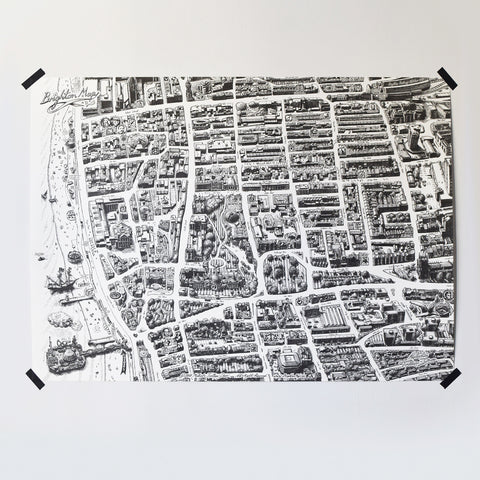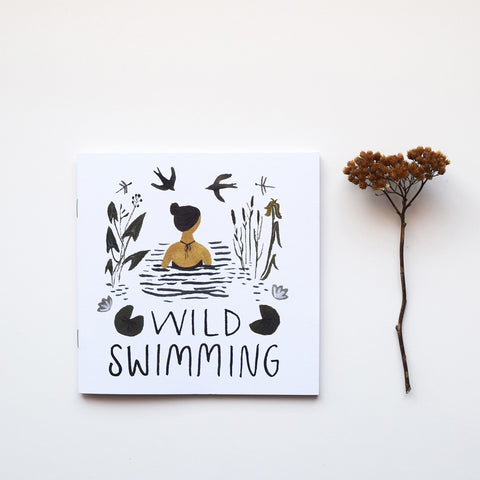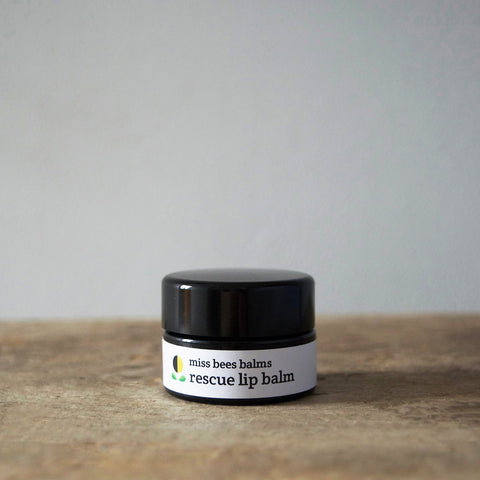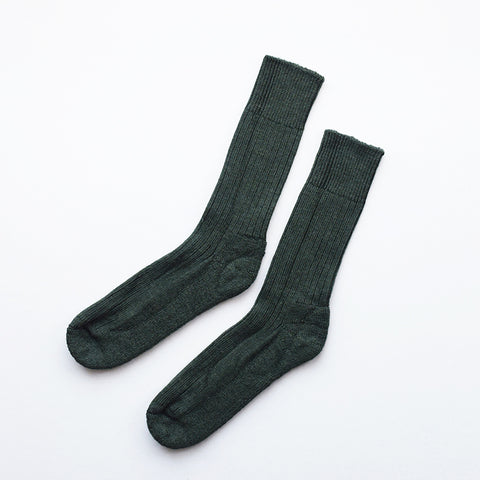The isle of eternal spring; Scotland’s Arctic tundra; moonlit journeys; living architecture; the renaissance of sleeper trains; aurora chasing; oceanic migrations; reimagined landscapes; our language for the natural world.
Ernest is a journal for inspiring minds. It's made for those who value surprising and meandering journeys, fuelled by curiosity rather than adrenaline and guided by chance encounters. It is a repository for wild ideas, curious artefacts and genuine oddities, replete with tales of pioneers, invention and human obsession. Ernest is founded on the principles of slow journalism. We value honesty, integrity and down-to-earth storytelling - and a good, long read every now and then.
' For the curious and adventurous gentlefolk'
- 160 pages
- Perfect bound and printed in full colour on FSC approved uncoated 140gsm and silk 170gsm paper
- Printed in Bristol, UK
- Free gift wrapping with every order
- Find more back issues here
Issue 10 includes:
INVENTORY
Botanical cyanotypes; trail teas; ocean tapestries; lunar birds; sacred trees; mountain maps; Sheffield knife crafters and moonlit journeys.
MILK OF DEER
When a pair of Swedish newlyweds introduced reindeer to the Cairngorms after seeing striking parallels between the Highlands and their native homeland, little did they realise they were rejuvenating a Scottish herding culture that goes back to the Ice Age. Words: Nick Hunt, Illustrations: Ruth Thorp
BEING NATURE
Lucy Jones, author of Losing Eden, investigates the language we use about the natural world, and how new words and voices are needed in the rubble of the pandemic. Photos: Sam Hobson
GASTROPHYSICS
You’re cruising at 31,000 feet. The drinks trolley beetles past and before you think about it, you’ve ordered a Bloody Mary – a slightly off-piste choice but one you’re craving all the same. As you take your first sip of the salty drink, you look around only to discover how many of your fellow passengers have opted for the same unusual beverage. Kate Tighe talks to leading gastrophysicist Professor Charles Spence about the quirks of this new field of food-related psychological interest. Illustrations: Adam Howling
THE CONTINUOUS PLANKTON RECORDER
This contraption has been compiling a marine tapestry since 1931, and in recent years, has given us a unique insight into our plastic addiction and the health of our oceans. Words: Russell Arnott
OCEAN TRAILS
The 2011 Fukishima Daiichi Nuclear disaster has been long out of the headlines but its devastating legacy is still having a domino effect, as radiation travels on deep ocean currents to new parts of world, including the fragile ecosystem of the Great Barrier Reef. Australian naturalist Paul O’Dowd is closely monitoring this invisible enemy, with the goal of sounding the alarm when disaster eventually strikes. Words and photos: Mack Woodruff
TRAIN DREAMS
In the age of flygskam (noun, Swedish: the feeling of climate guilt associated with airline travel, literally ‘flight shame’), many of us are looking for an alternative – helping the environment and investing in our own comfort and idea of journey. Dan Richards recounts his nocturnal adventures and recent renaissance in European sleeper trains. Illustrations: Sam Brewster
SEA NOMADS
Armed with sunglasses to protect his eyes from the dagger-like bills, Sam Hobson joins the seabirders, a group of scientists on the frontline of Britain’s gannet study and conservation effort.
THE ROOT BRIDGES OF MEGHALAYA
Grown over decades from the roots of the rubber fig tree, the bridges of Meghalaya are testament to a living architecture that crosses time and ancestry, as well as the gushing gorges of the Khasi hills. Words and photos: Willem Betts
A CREATIVE PAUSE
During lockdown, photographer Jim Marsden trod the same path every day. The more he walked the path, the less aware he was of walking, and the more aware he was of thinking. The path became his place to pause, and his space to think.
INTO THE UNFATHOMED
A singular figure who bridged the gap between science and literature, Rachel Carson recognised that “it is not half so important to know as to feel”. Within a decade, she would catalyse the conservation movement, introduce the word ‘ecology’ into common parlance and awaken the modern environmental conscience with her epoch-making Silent Spring. Words: Maria Popova
CHASING AURORA
From crossing lava fields in Iceland to enduring subzero temperatures in Canada’s bear country, photographer Rebecca Douglas reflects on her lifelong obsession with chasing the Northern Lights.
AN OCEAN ODYSSEY
Inspired by a trip to South Georgia, an inhospitable island abundant in wildlife but with no permanent human inhabitants, Russell Arnott explores deserted whaling stations and delves deep into ocean migrations both great and (very) small).
WHAT WOULD GWEN DO?
Whenever photographer Hazel Simcox heads out into the mountains of North Wales, she often takes a particular book with her, not a guidebook, but a memoir. Fern Scott speaks to Hazel about the words of mountaineer Gwen Moffatt, and how they influence her experience, and images, of landscape.
Ernest is a biannual printed journal for curious and adventurous gentlefolk. It is a guide for those who appreciate true craftsmanship and the care that goes into making, who are fascinated by curious histories and eccentric traditions and who care more for timeless style than trends. It is a periodical of substance created for folk who love to build fires, embark on road trips, camp under a canopy of stars and run full pelt into the sea. Ernest appeals to those of us who appreciate a craft gin cocktail as much as a hearty one-pot supper, who love the grain of wood and the smell of paper, who’d like to learn how fly fish, brew beer in their shed and name all the constellations of the northern hemisphere. It is for people who like to whittle.














